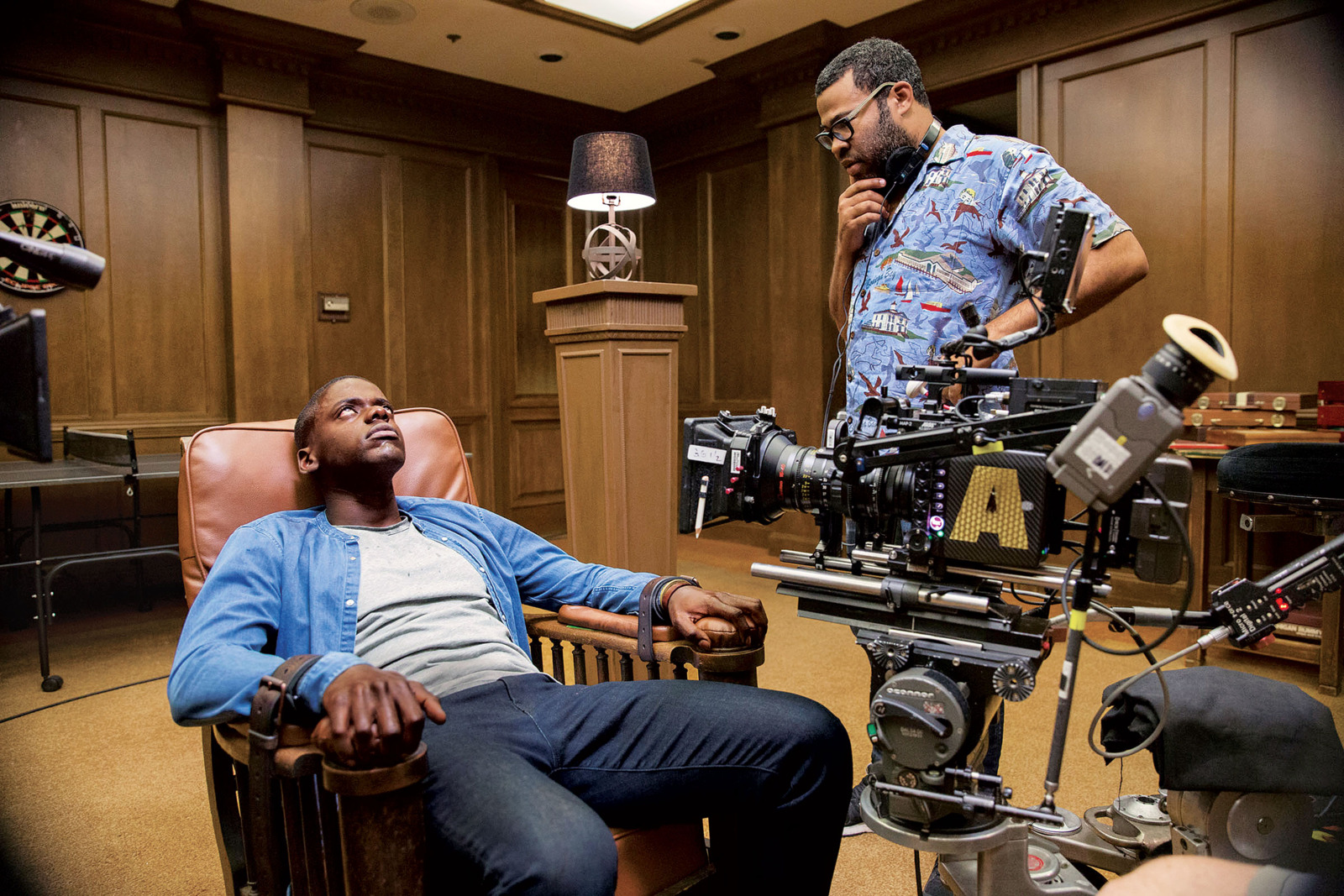- How can survival game films within the horror genre work to render the contemporary “subject of life interest” visible?
- How do human characters change as a result of their relationship with nature in horror films? Is it a change for the better or the worse?What is the function of the American wilderness/landscape in American horror films? What is the difference between the ecogothic and eco-horror?
- Why are families so frequently represented in the American horror film? What happens when the family is represented in the neoliberal horror film?
- According to Theodore Martin, genre texts argue for a specific version of the “contemporary.” One question he asks is “Why are genre texts still around?” Following Martin’s line of thinking: Why is horror/gothic fiction still around? What work do these texts do in terms of defining a version of the contemporary? (add to this- horror and genre film as profitable commodity, Jason Blum, Toby Miller, etc.)
- According to David Schmid, the psycho or serial killer is the most appropriate monster to embody the anxieties, symptoms, and brutality of the neoliberal present. What exactly can the serial killer teach us? What does the serial killer make visible?
- What does the haunted house signify within the neoliberal gothic mode?
- Jessica Hurley argues that zombies show the limit of biopower. How does this relate to the zombie’s ability to bring past racial trauma into the present? Is this reflected in the zombie films on this list?
- Using Frederic Jameson’s definition of the term postmodernism, can the horror genre operate within the postmodern? Is there a postmodern gothic mode?
